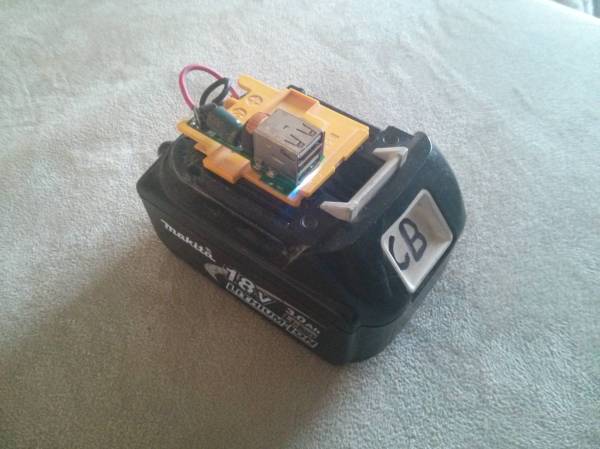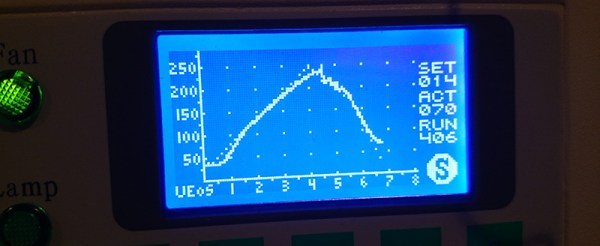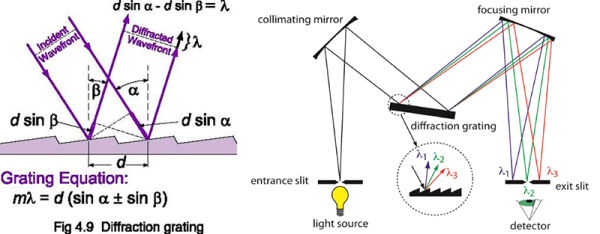Breaking a pane of glass in half is easy – just score it, break it, and after practicing a few times, you’ll eventually get it right. What about cuts that are impossible with a normal glass cutter, like radiused corners and holes? For that, you’ll need CNC. Yes, you can cut glass on a CNC machine. All you need is a diamond burr or glass drilling bit, high speeds, low feeds, and lots and lots of coolant.
Cutting glass on a CNC machine doesn’t require any spectacularly specialist equipment. [Peter] is using an $800 Chinese mini CNC engraver for this project, but that’s not the only tool that was required. A fixture for holding a glass plate was also needed, but [Peter] quickly fabricated one out of acrylic.
Cutting glass with a CNC is something we’ve seen before. [Ben Krasnow] has been using diamond burrs, high speeds, low feeds, and lots of coolant to cut mirrors so expensive you don’t even want to guess.
While [Peter] isn’t getting the perfect finish [Ben] got a few years ago, he’s still milling holes and slots in glass. He’s wondering if it could be possible to mill an aspheric lens using this technique and a special spherical burr, something that would be very interesting to see, and could be a pretty good way to rough out telescope blanks.

















